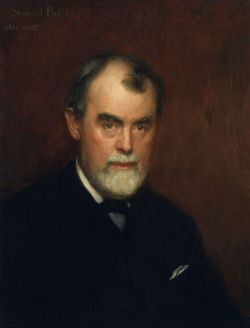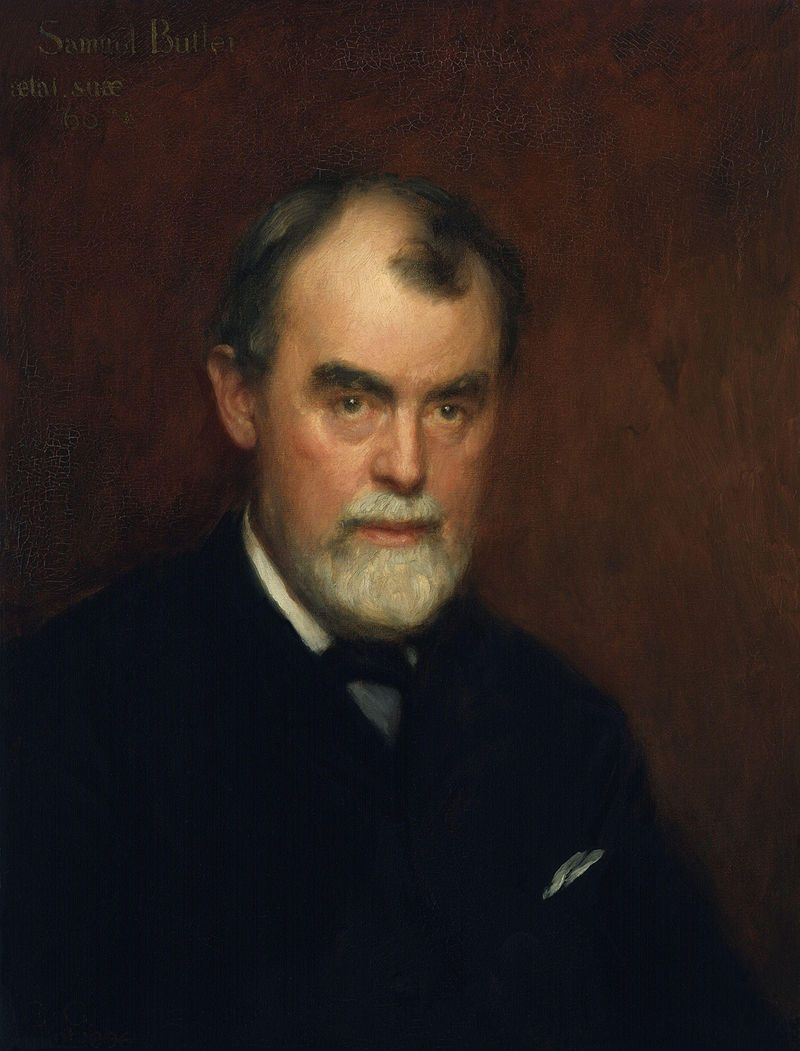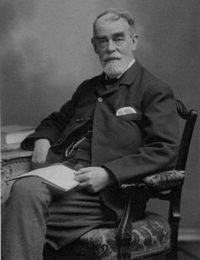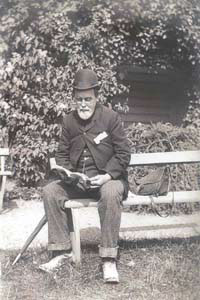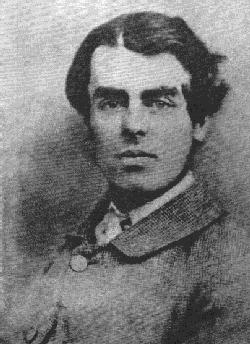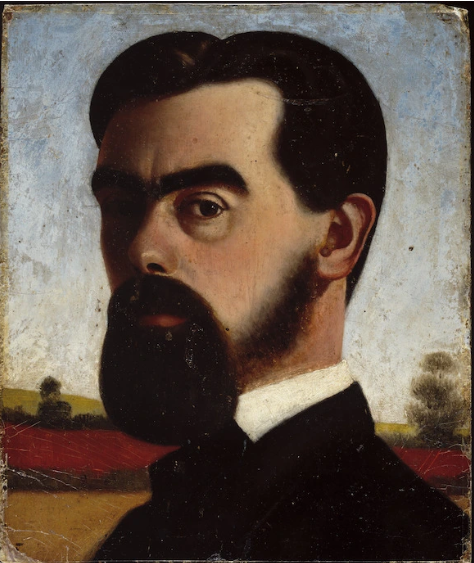After completing his studies he moved to London to begin preparing for his proposed ordination by living among the poor and doing parish work, but in the end he rejected the religious career he was expected to pursue.
Butler's aspirations were now directed away from the Church to his new chosen career as a painter. However, this decision did not meet with his family's approval. In order to put some distance between himself and his family Butler emigrated to New Zealand, in 1859, and became a sheep farmer.
Butler lived and worked in New Zealand for five years. During his time there he wrote articles for the Press of Christchurch. He also read Darwin's On the origin of species and was an instant convert to the theory of evolution. As a result he began a brief correspondence with the scientist. Eventually, however, Butler was to change his mind about the genius of Darwin. Butler concluded that Darwin's theory was seriously flawed and after discovering the work of an earlier scientist, Lamarck, he decided that Darwin had stolen all of Lamarck's good ideas adding only the theory of natural selection himself.
Butler eventually returned to London in 1864, abandoning sheep-farming in order to pursue his chosen career as an artist. Butler studied at Cary's, Heatherley's and South Kensington art schools, and managed to exhibit about a dozen paintings at the Royal Academy between 1868 and 1876. Unfortunately, his work was never very well received.
In addition to painting, Butler also composed music and wrote on a variety of subjects, including evolution, Shakespeare and Homer. Furthermore, he was an art critic, photographer, and constant letter writer. However, Butler is perhaps best remembered for his literary works including Erewhon and The Way of All Flesh.
Samuel Butler died at a nursing home in St John's Wood, London.
After completing his studies he moved to London to begin preparing for his proposed ordination by living among the poor and doing parish work, but in the end he rejected the religious career he was expected to pursue.
Butler's aspirations were now directed away from the Church to his new chosen career as a painter. However, this decision did not meet with his family's approval. In order to put some distance between himself and his family Butler emigrated to New Zealand, in 1859, and became a sheep farmer.
Butler lived and worked in New Zealand for five years. During his time there he wrote articles for the Press of Christchurch. He also read Darwin's On the origin of species and was an instant convert to the theory of evolution. As a result he began a brief correspondence with the scientist. Eventually, however, Butler was to change his mind about the genius of Darwin. Butler concluded that Darwin's theory was seriously flawed and after discovering the work of an earlier scientist, Lamarck, he decided that Darwin had stolen all of Lamarck's good ideas adding only the theory of natural selection himself.
Butler eventually returned to London in 1864, abandoning sheep-farming in order to pursue his chosen career as an artist. Butler studied at Cary's, Heatherley's and South Kensington art schools, and managed to exhibit about a dozen paintings at the Royal Academy between 1868 and 1876. Unfortunately, his work was never very well received.
In addition to painting, Butler also composed music and wrote on a variety of subjects, including evolution, Shakespeare and Homer. Furthermore, he was an art critic, photographer, and constant letter writer. However, Butler is perhaps best remembered for his literary works including Erewhon and The Way of All Flesh.
Samuel Butler died at a nursing home in St John's Wood, London.
Bio by: Memento Mori
Gravesite Details
Cremated, Ashes buried at St Pauls Churchyard, London.
Sponsored by Ancestry
Advertisement
Records on Ancestry
Sponsored by Ancestry
Advertisement
